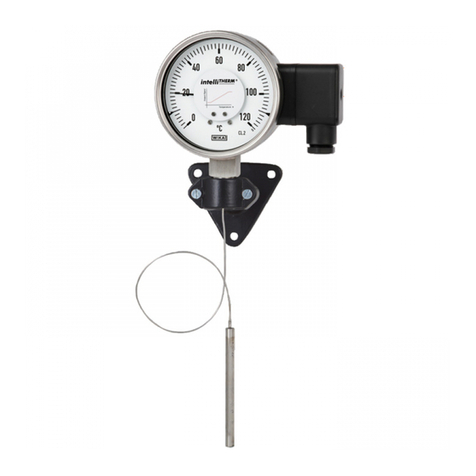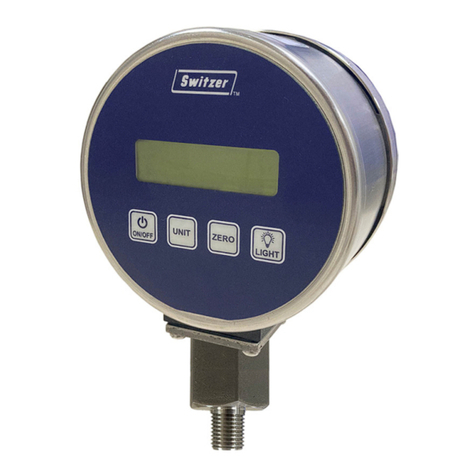WIKA 732.14.100 per ATEX User manual
Other WIKA Measuring Instrument manuals
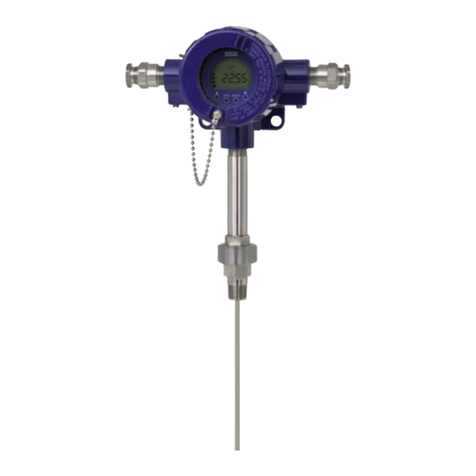
WIKA
WIKA TR12 Series Operating instructions
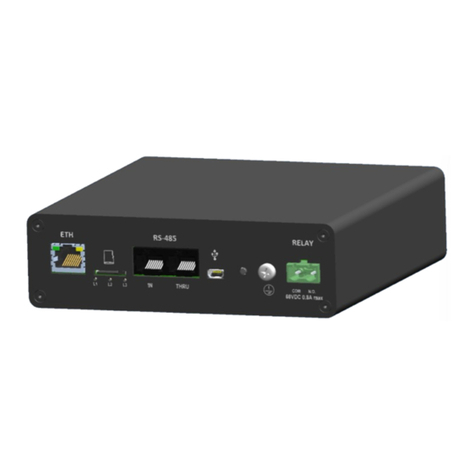
WIKA
WIKA SENSeOR AMS01 User manual

WIKA
WIKA 2 Series User manual
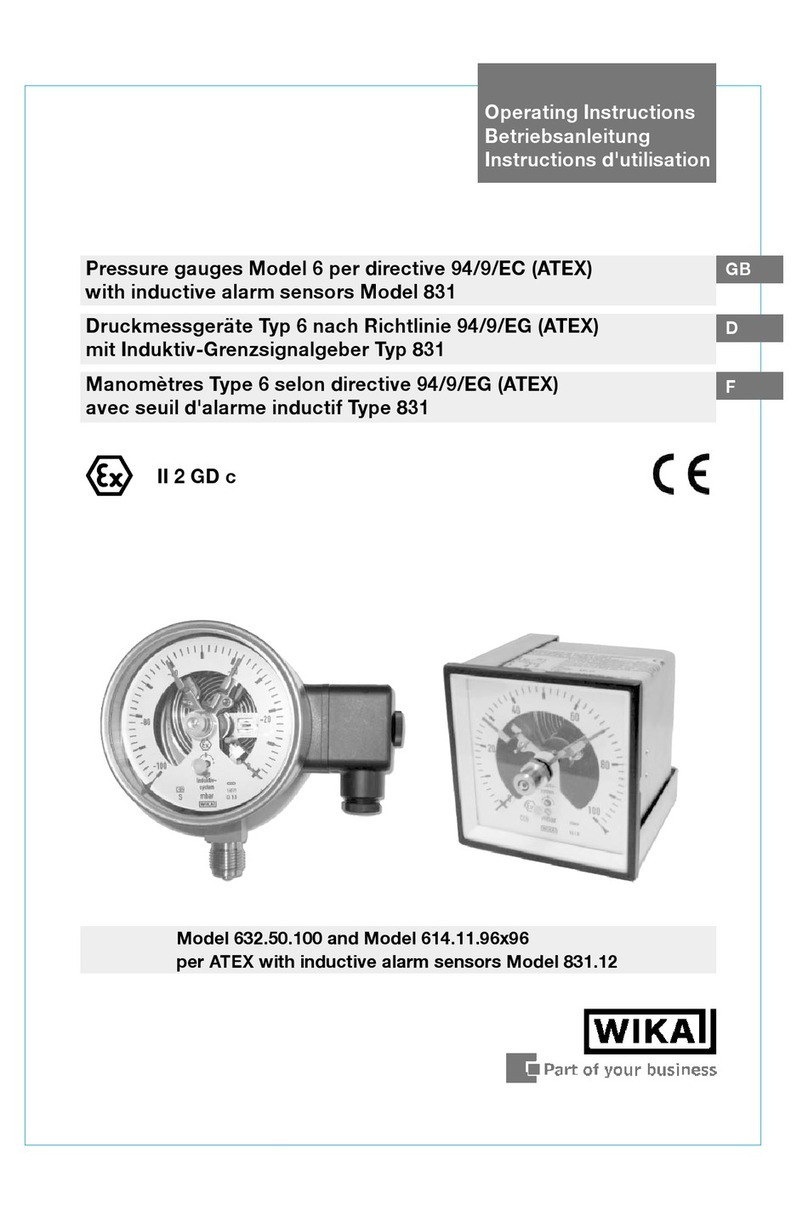
WIKA
WIKA 632.50.100 User manual
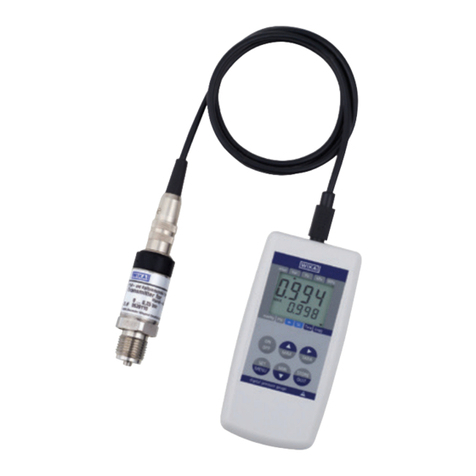
WIKA
WIKA CPH6200-S1 User manual

WIKA
WIKA DG-10 User manual
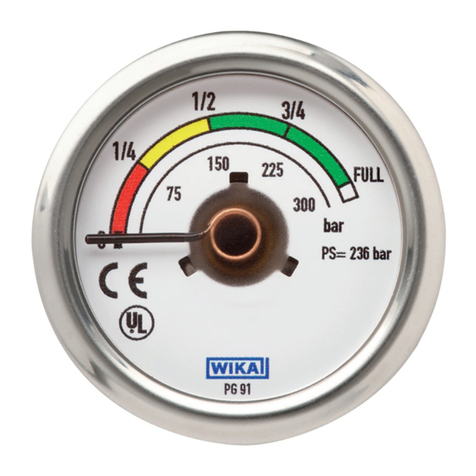
WIKA
WIKA PG81 User manual
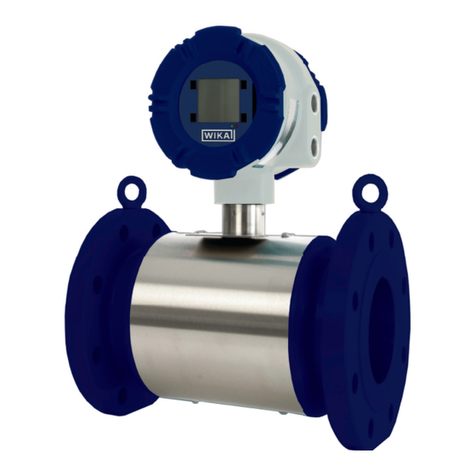
WIKA
WIKA FLC-UFL Series User manual
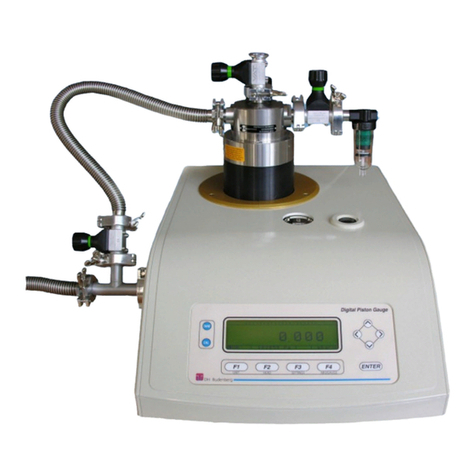
WIKA
WIKA cpd8000-g User manual
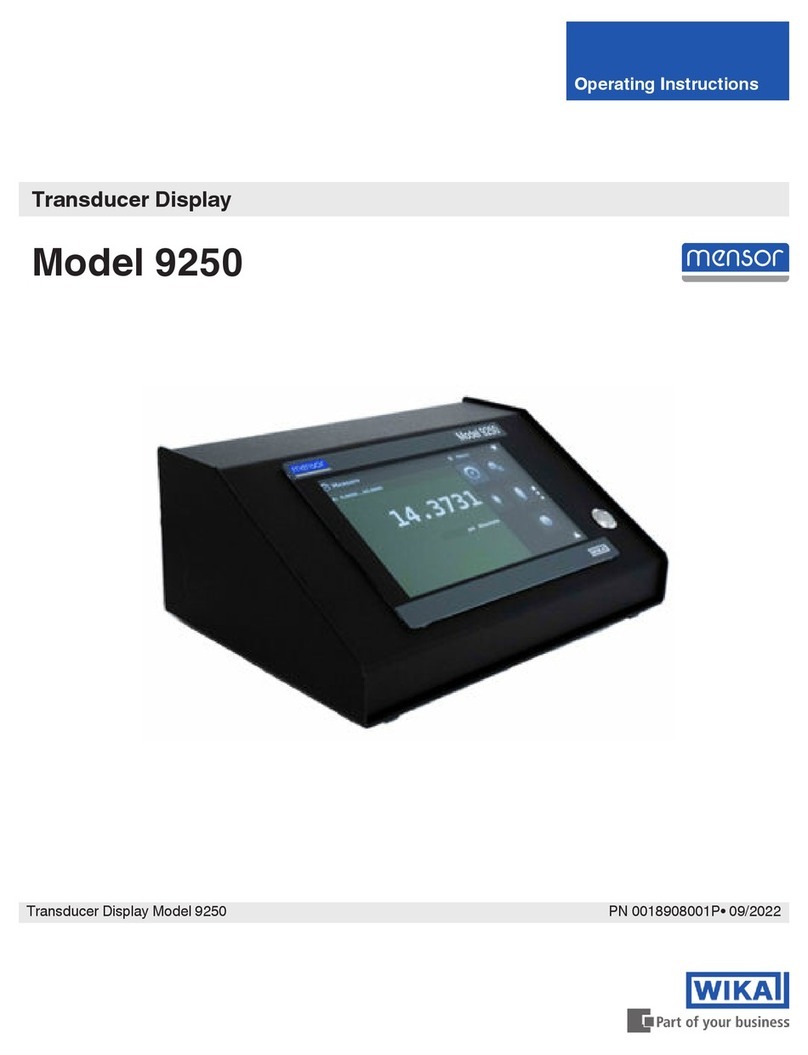
WIKA
WIKA mensor 9250 User manual
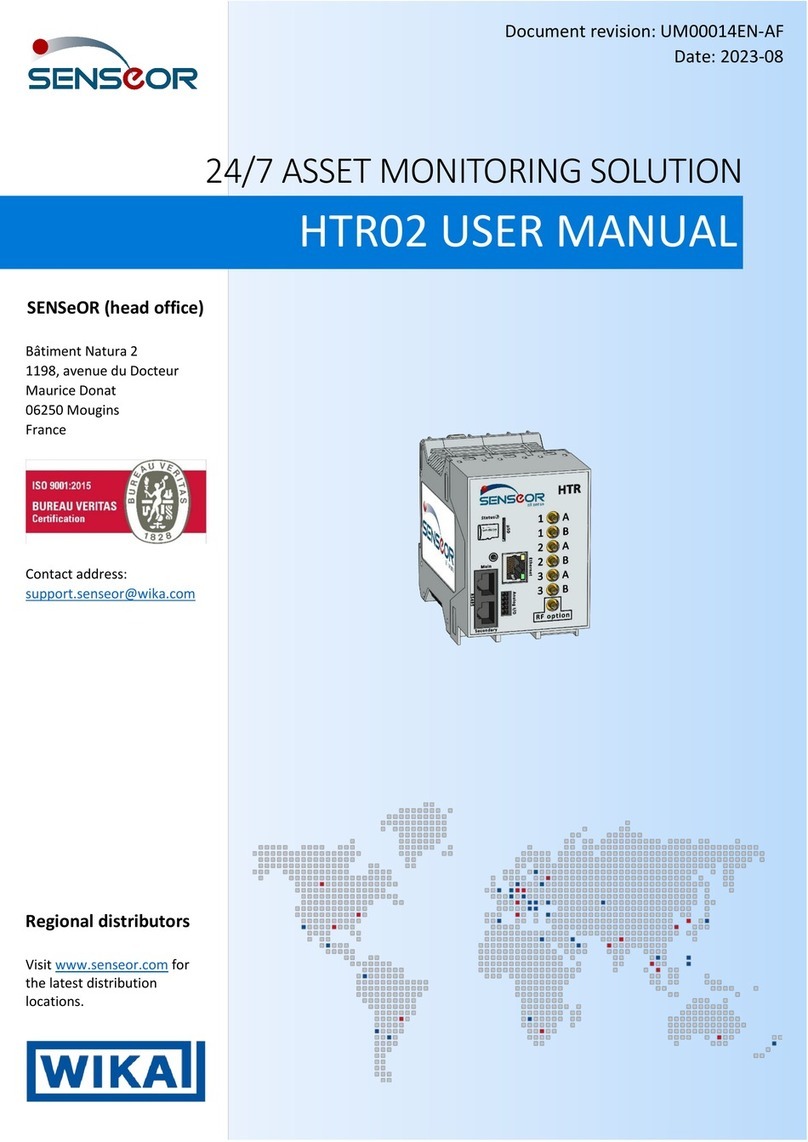
WIKA
WIKA SENSeOR HTR02 User manual
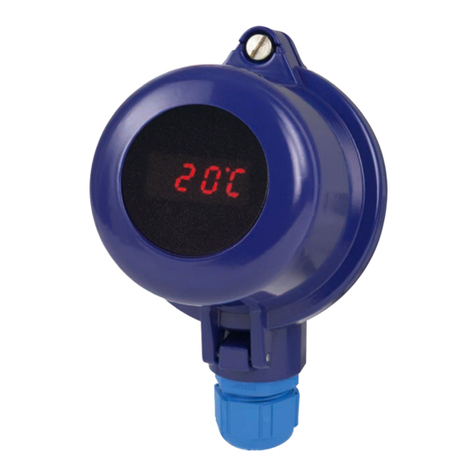
WIKA
WIKA DIH10-Ex User manual
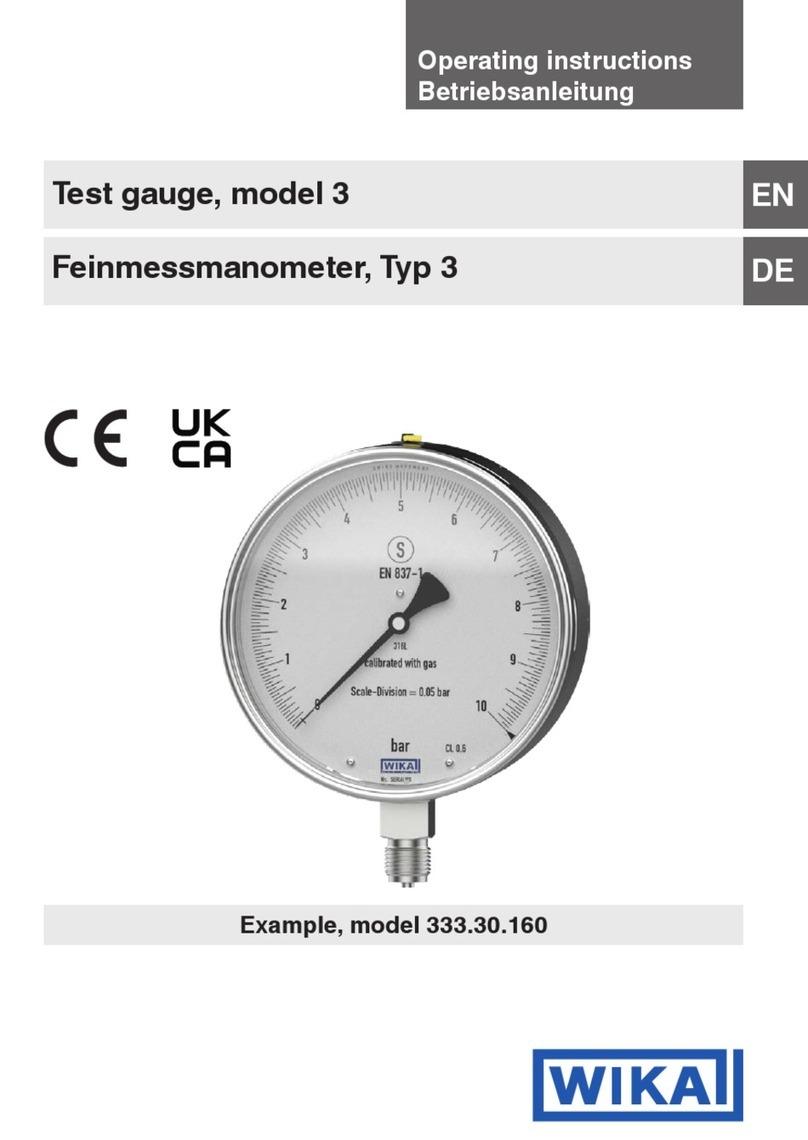
WIKA
WIKA 3 Series User manual
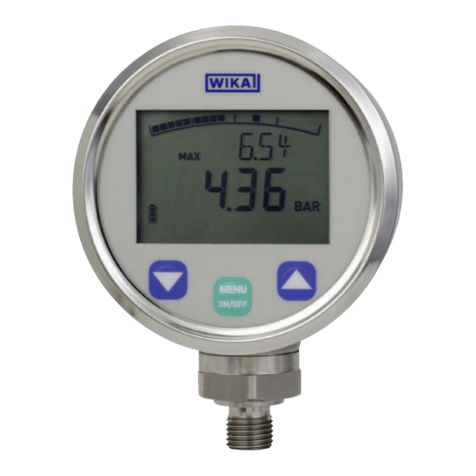
WIKA
WIKA DG-10 User manual
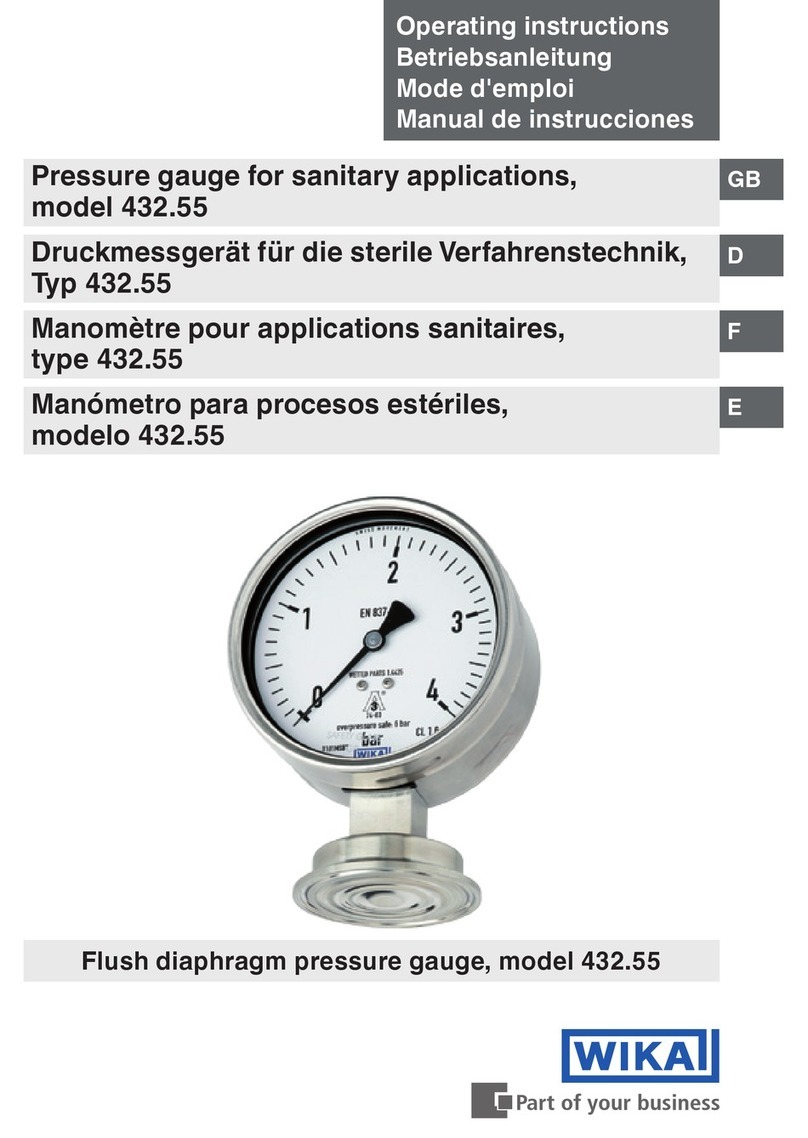
WIKA
WIKA 432.55 User manual
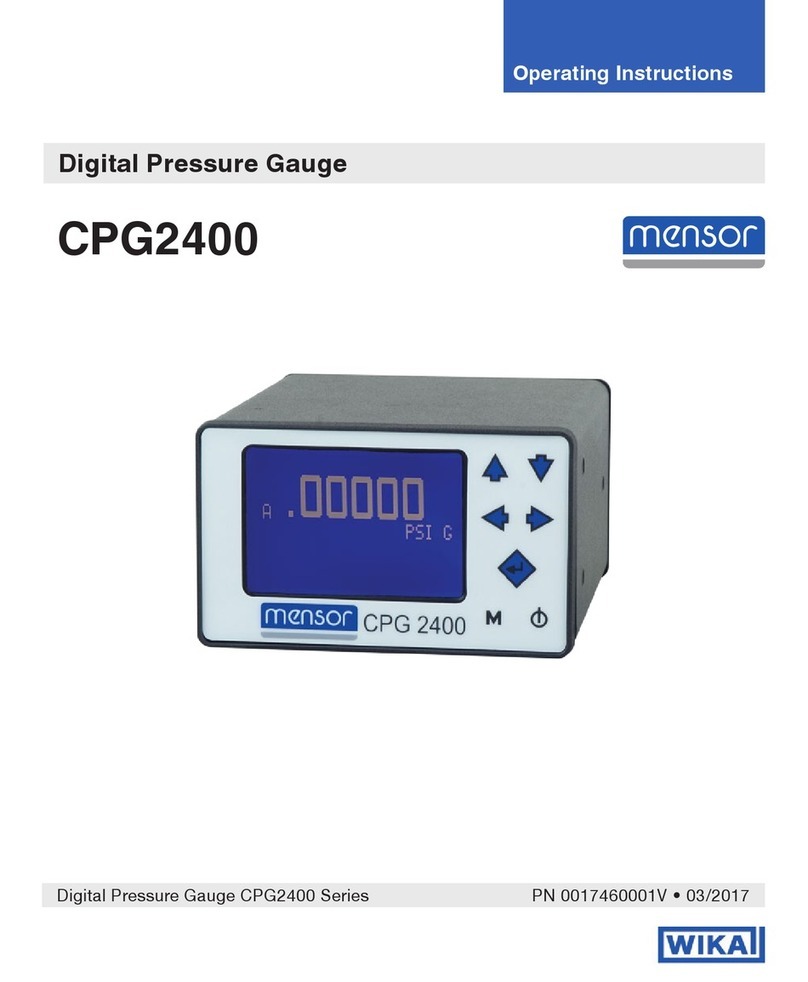
WIKA
WIKA mensor CPG2400 User manual
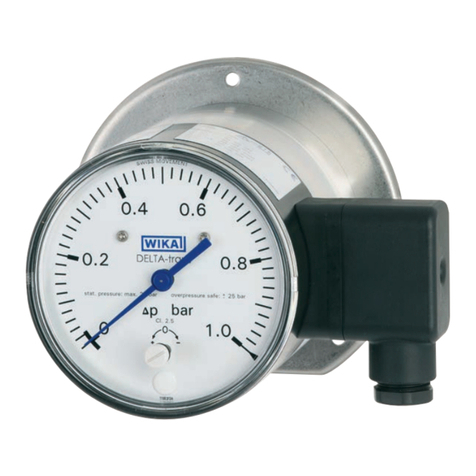
WIKA
WIKA DELTA-trans DPGT40 User manual
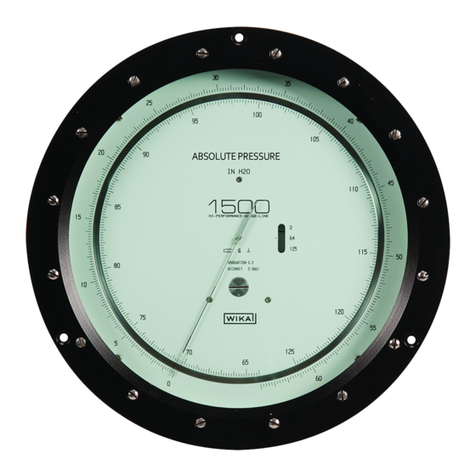
WIKA
WIKA 1500 Series User manual

WIKA
WIKA DI30 User manual

WIKA
WIKA 1500 Series User manual
Popular Measuring Instrument manuals by other brands

Powerfix Profi
Powerfix Profi 278296 Operation and safety notes

Test Equipment Depot
Test Equipment Depot GVT-427B user manual

Fieldpiece
Fieldpiece ACH Operator's manual

FLYSURFER
FLYSURFER VIRON3 user manual

GMW
GMW TG uni 1 operating manual

Downeaster
Downeaster Wind & Weather Medallion Series instruction manual

Hanna Instruments
Hanna Instruments HI96725C instruction manual

Nokeval
Nokeval KMR260 quick guide

HOKUYO AUTOMATIC
HOKUYO AUTOMATIC UBG-05LN instruction manual

Fluke
Fluke 96000 Series Operator's manual

Test Products International
Test Products International SP565 user manual

General Sleep
General Sleep Zmachine Insight+ DT-200 Service manual
